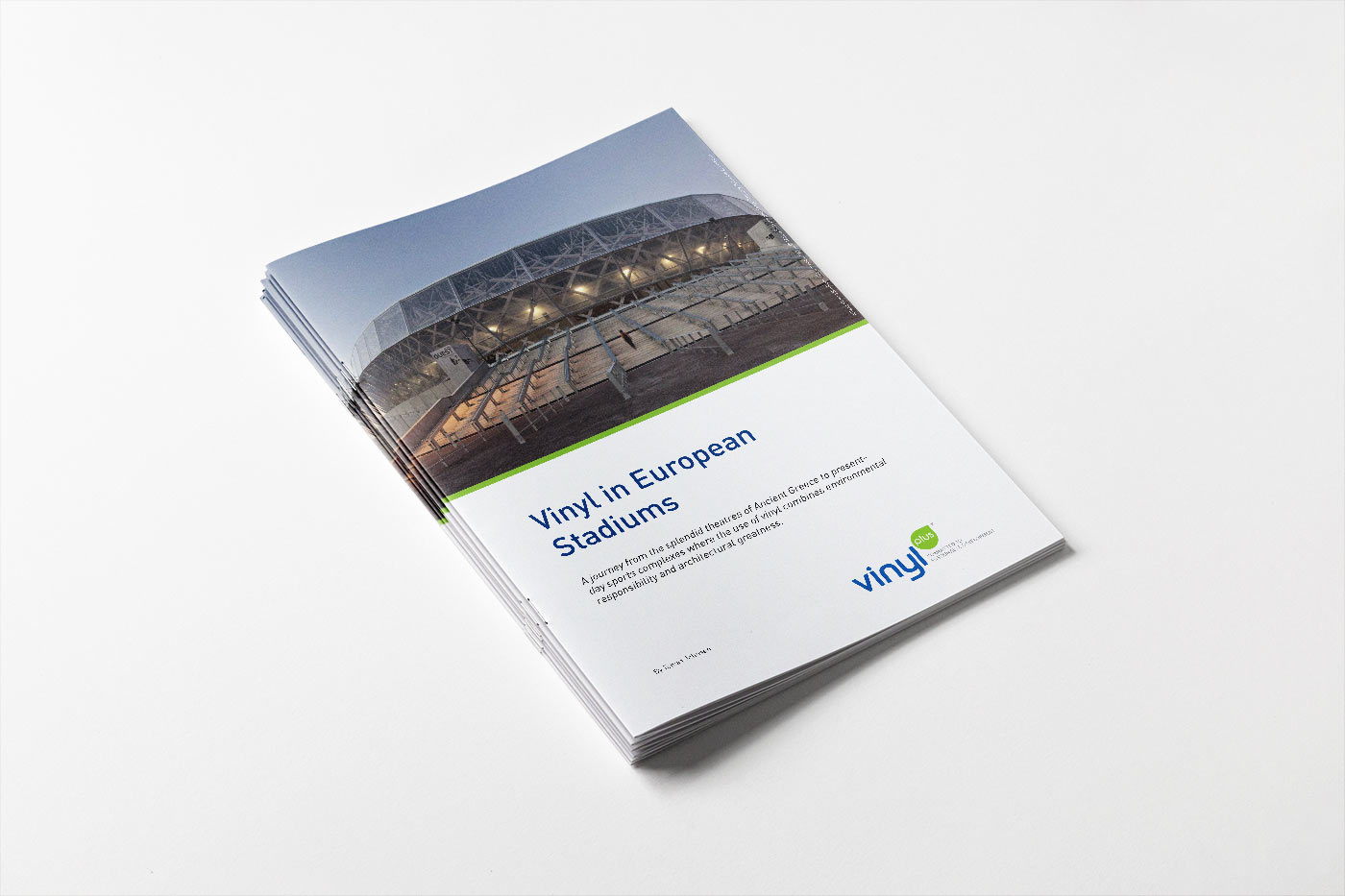PVC in Sports
Durability and functionality: PVC is a popular material in the sporting world

Thanks to its water- and weatherproof properties, PVC is widely used in angling, both for sport and recreation. Long waders, for instance, are manufactured from PVC. In ski sports, the barriers skiers bump into are made of PVC too. But it is not only the athletes who benefit from the properties of PVC. Spectators in many stadiums across the world are protected from rain and baking sun by PVC canopies.
It is difficult to imagine a sporting world without PVC.
The material’s hard-wearing properties and long lifespan, as well as the fact that it can be used in all types of weather, are the main reasons why PVC is popular in the world of sports. In addition, thanks to PVC’s versatility, designers have endless potential for creating designs that are stylish yet functional. And this applies to clothing, equipment and facilities alike.
Soft mattresses and shock-absorbent floors
PVC is an important component of clothing for both professional and recreational athletes. Furthermore, many sports are completely dependent on PVC: for example, a high jumper lands on a mat with a PVC surface. It is soft to land on, easy to clean and can cope with standing outdoors. In the world of water sports, there are kayaks made of inflatable, watertight PVC. This ensures water resistance and speed on the water.
In sports such as athletics, table tennis and badminton, it is crucial that the floor is made from a material that ensures athletes a soft landing, to avoid unnecessary injury.
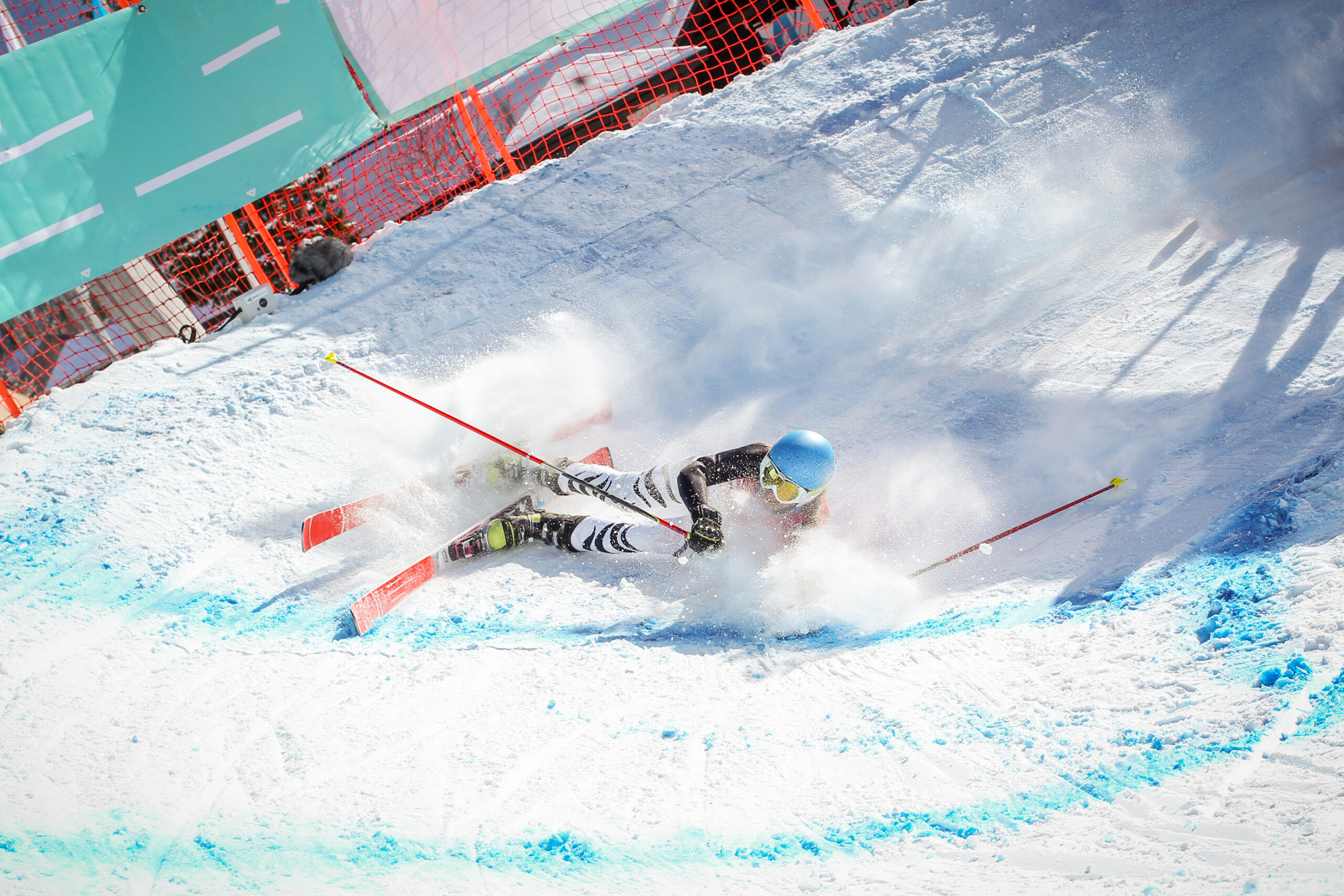
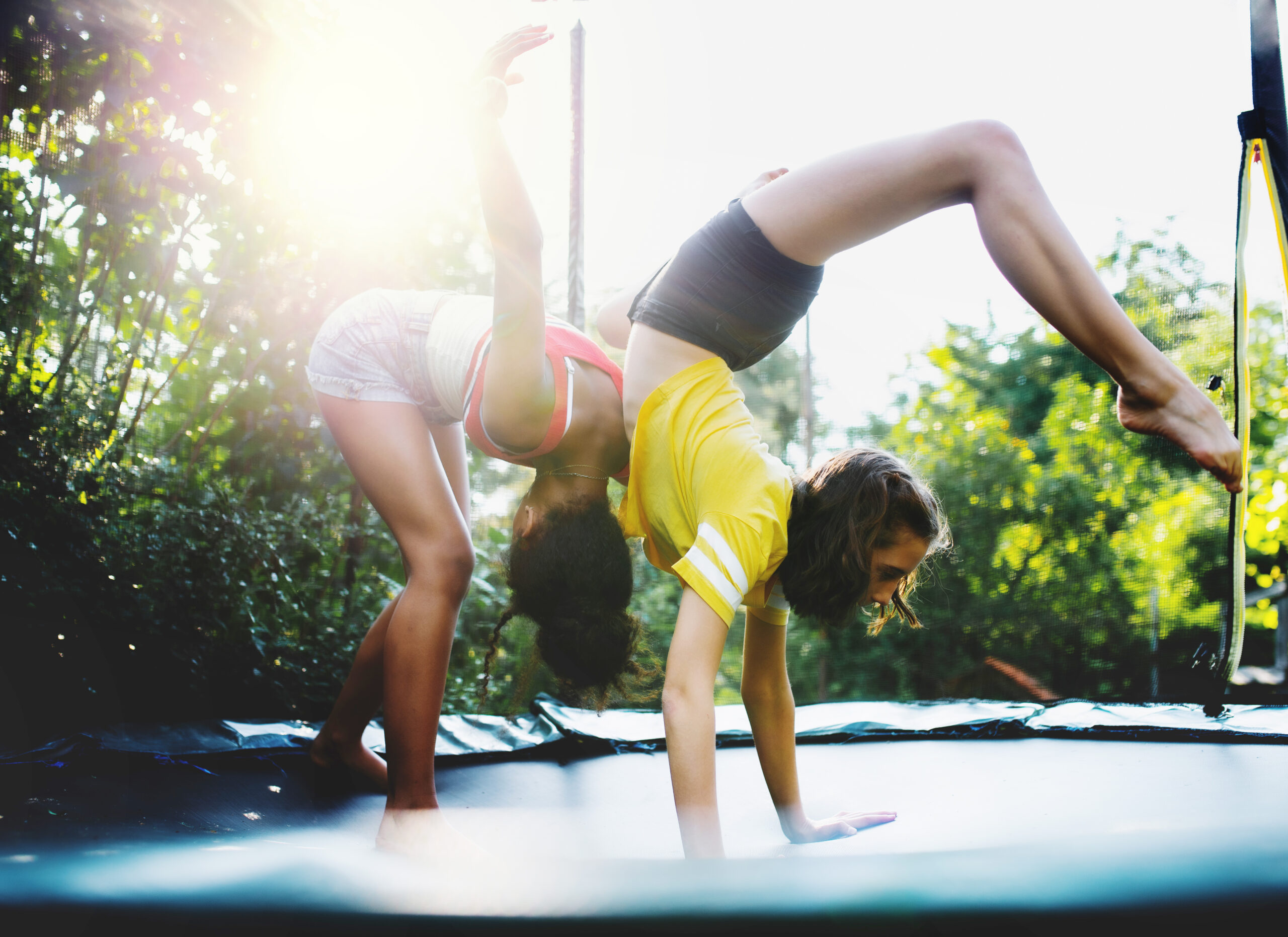
Flexible PVC ensures safety
Trampolines improve children’s motor skills and are an easy way of fitting physical activity into children’s busy lives.
Safety is also a priority: PVC safety mats are laid on top of the trampolines’ springs to protect bouncing children from falling on them. Moreover, PVC trampoline covers protect against the elements, significantly increasing its lifespan.
If we scale up, many bouncy castles are made of PVC, because it meets safety, functionality and durability requirements. Bouncy castles are made of several sections of fabric, welded together to be able to withstand massive pressure. Bouncy castle manufacturers and hire firms cannot compromise on safety in their products, and both tests and development projects indicate that there are no alternatives to PVC in this field.
PVC membranes cover padel courts
In the dynamic world of sports infrastructure, the PVC material is playing a pivotal role. Especially in the burgeoning field of padel, a sport gaining popularity for its engaging gameplay and social benefits.
The use of PVC in constructing padel courts represents a leap forward in material innovation, offering a blend of durability, flexibility, and environmental resistance that stands up to the sport’s demands. These structures that covered with a high-quality PVC membrane, are designed to ensure maximum airflow and player comfort, with sides that can be adjusted or opened to suit varying weather conditions.
The PVC membranes used are engineered to meet rigorous European standards for fire safety and are treated to resist mold, mildew, and UV damage, ensuring a long lifespan with minimal maintenance needs.
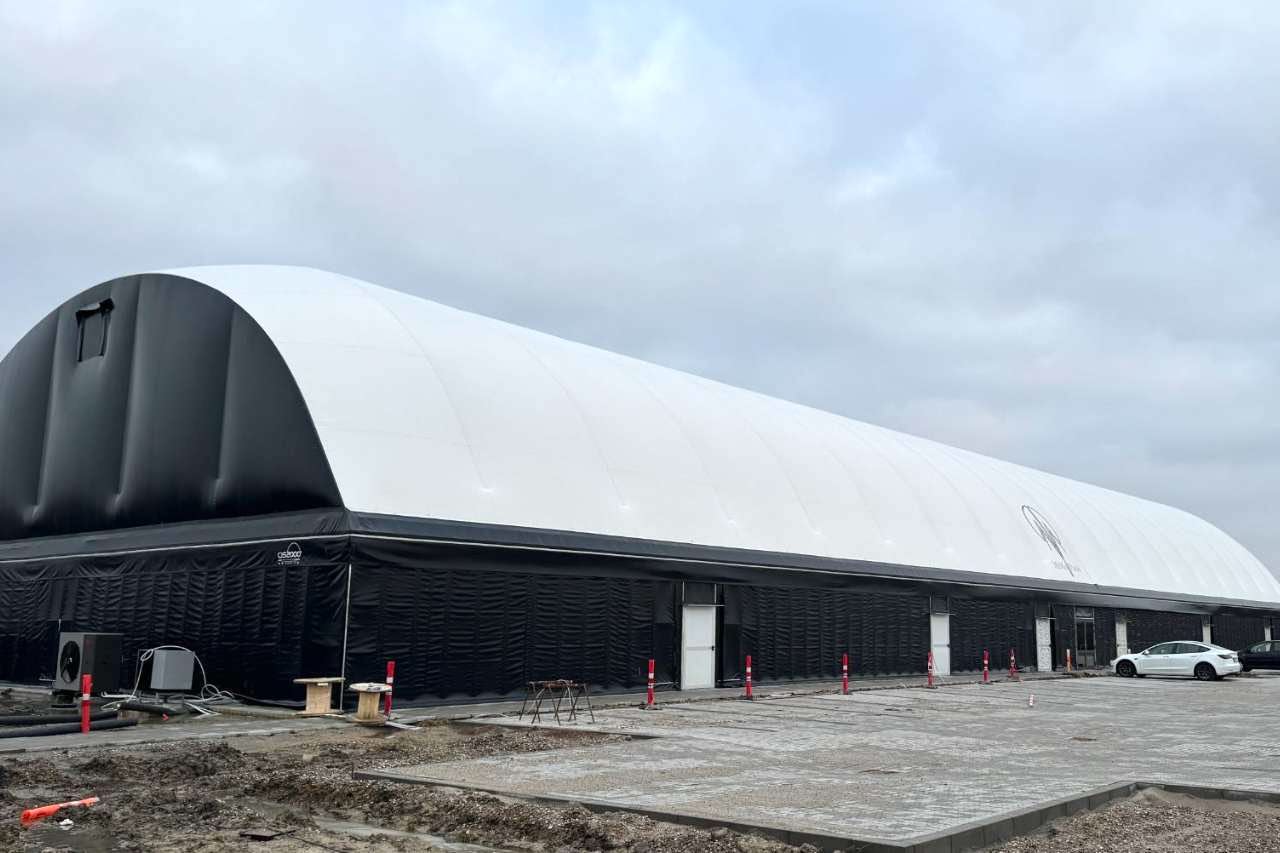
PVC in stadiums
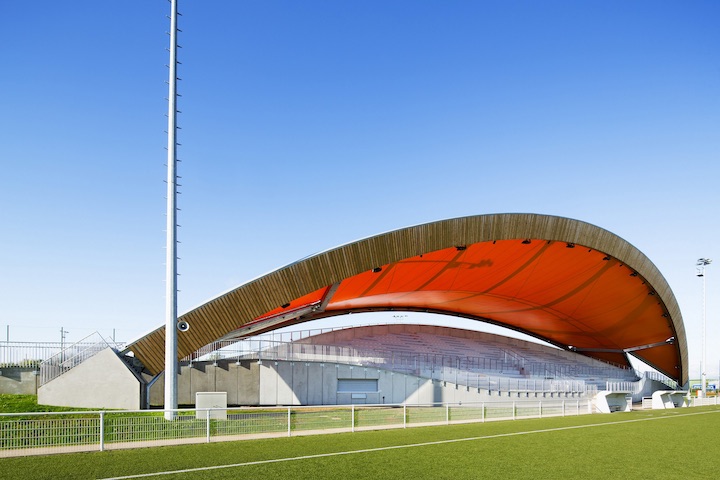
Football Stadium Salif Keita – Cergy-Pontoise, France
The structure of the tribune, which can welcome 1,000 spectators, is made of reinforced concrete. The roof, made of a tensile PVC membrane, protects the public from the sun and rain while allowing soft, natural light to enterThe roof structure constitutes two arched glulam beams, reinforced by steel tubes above the PVC membrane with its variable geometry that allows the central part to augment over the tribunes.
Image courtesy of the European Council of Vinyl Manufacturers.
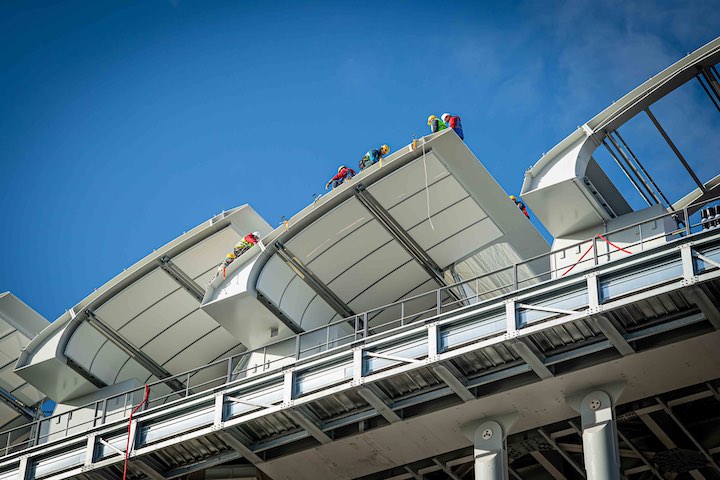
Roland-Garros – Paris, France
The prestigious Roland-Garros tennis complex in Paris welcomes thousands of visitors every year. Built in 1928, the Philippe-Chatrier Court is the venue’s main court, offering seats to 15,000 spectators. While the court has seen significant restructuring and improvement works since 2018, it recently underwent an even more dramatic transformation: the installation of a retractable roof to ensure matches can go on undisturbed in spite of bad weather or nightfall. The retractable roof, built for the 2020 tournament, constitutes 11 steel wings, clad with a translucent and waterproof membrane made of PVC. The roof covers a total surface equivalent to 1 hectare and requires around 15 minutes to be fully deployed.
Image courtesy of the European Council of Vinyl Manufacturers.

Allianz Riviera – Nice, France
PVC is essential to Allianz Riviera’s roofing: PVC tensile fabric covers the wooden frame, and PVC profiles keep photovoltaic panels on the roof in place. The architects explained that extenstive use of PVC enabled state-of-the-art design with environmental stewardship. The transparent PVC tensile fabric membrane for the façade, which lets daylight pass through, makes the building appear open and inviting, and PVC was chosen for the roof for its acoustic qualities. PVC was also chosen as it is long-lasting and recyclable, meaning that it contributed to the stadium being a positive energy building, and one of the first to bear the EnergyPlus label.

Ghelamco Arena – Gent, Belgium
Architects chose 1.5mm thick PVC membrane for the 13,000 m2 roof that covers the Ghelamco Arena, also known as Arteveldestadion. The roof has a positive influence on the climate inside the arena, as it allows daylight to filter through while reflecting sunlight. The PVC membrane is also future-proof: it allows for a future installation of photovoltaic panels, and because of the high reflection of the membrane, the PVC will add 4% to the power output of the panels. The stadium is home of football club K.A.A. Gent.
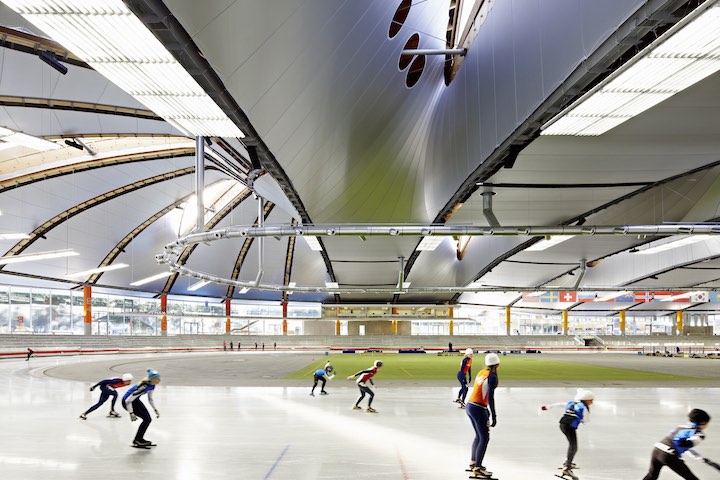
Speed Skating Stadium – Inzell, Germany
In 2019, the Bavarian town of Inzell hosted the World Single Distant Speed Skating Championships. To create the world-class conditions required for this competitive event, the existing outdoor speed-skating track was upgraded with the construction of a high-performance, intelligent roof structure.
Designed with the interior climate concept in mind, the arena’s roof that is fitted with a PVC membrane stretched between the lower cords of the ten-meter high timber and steel trusses, ensures efficient, economic and sustainable day-today operations of the ice track.
The function of this PVC membrane is to reflect the ice’s own cold thermal radiation back onto the speed track to maintain the low temperature of the ice surface. Simultaneously, the PVC membrane maximises the quantity of diffuse daylight that streams into the stadium through the roof’s 17 large north-facing skylights.
Image courtesy of the European Council of Vinyl Manufacturers.
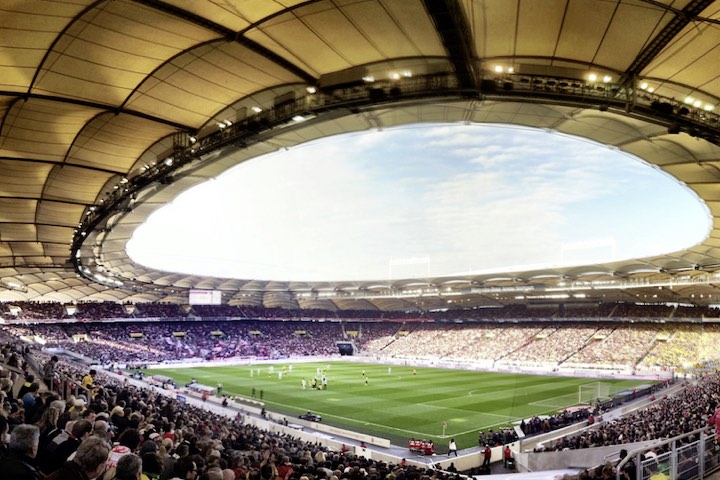
Mercedes-Benz Arena Stuttgart – Stuttgart, Germany
Now called Mercedes-Benz Arena, the original Neckarstadion was built in 1933 and renovated in 1993. One of the most important parts of the refurbishing was the addition of a 28,000 m2 PVC-coated polyester roofing membrane suspended from an aesthetic steel frame that runs around the entire arena. This covers the grandstands completely and gives the stadium its significance.
In 2009 conversion into a football-only facility begun, which was finished two years later. For the retrofit, the athletic field was removed, the lawn lowered by 1.3 m and two new grandstands were constructed and placed closer to the pitch. To cover the new seating area, the already impressive roof was expanded by 6,000 m2. Now, 34,000 m2 of vinyl roofing help make Mercedes-Benz Arena a worldclass stadium for VfB Stuttgart Bundesliga and German national team matches.
The image “2011-10-29_VfB-Stuttgart4” by Ungry Young Man is licensed under CC BY 2.0.

Volksparkstadion – Hamburg, Germany
Volksparkstadion has a capacity of 51,000 – 57,000 for international matches, concerts and other sporting events. It was rebuilt in 1998, featuring a light, cable-suspended 35,000 m2 PVC membrane roof. Held up by huge pylons, it covers the entire seating and standing area.
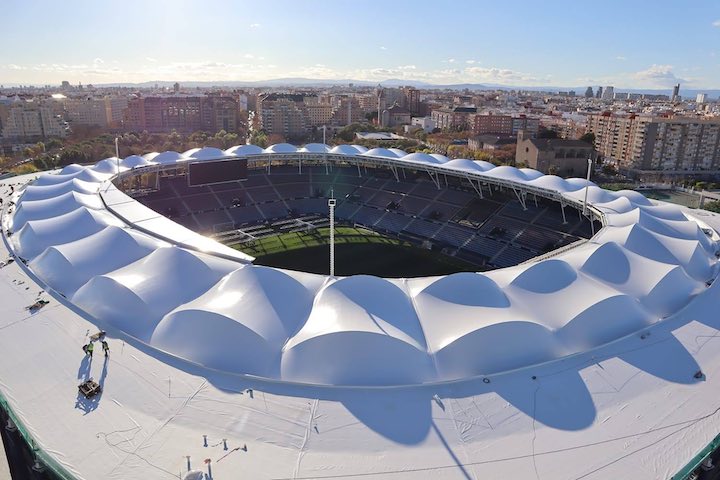
Levante Stadium – Valencia, Spain
The newly renovated Ciutat de Valencia stadium is now one of the most modern stadiums in the Spanish league. First built in 1969, the stadium can receive up to 26,354 visitors and is home to Levante UD football club. As part of a project to renovate and upgrade the stadium, the building has been completely covered with a PVC coated polyester tensile roof structure.
Image courtesy of the European Council of Vinyl Manufacturers.
Learn more about PVC in stadiums in our leaflet: Vinyl in European Stadiums.

